The buzz about the Bush Science Center undergoing a renovation is true: aft er the spring 2012 semester, the renovation of the building will start, incorporating new ideas and features for which many faculty members have been waiting for many years.
At face value, this would seem like a straightforward affair: renovate a bit and move on. However, behind the scenes, there has been an extensive amount of work as members of the science departments met with those planning the renovation. The faculty are especially excited about it as the renovation of Bush will enable the integration of the three departments currently occupying a respective floor of Bush: physics, biology and computer science.
Instead of separating the three science departments into the three levels within the building, the plan is to mesh the types of sciences across the floors, allowing for the creative combinations to make classes that incorporate more than one type of science.
This was confirmed by Professor of Physics Thomas Moore, who is involved in talks concerning the renovation. According to Dr. Moore, the floors were initially separated into three departments because that is how it was in the 1960s. “We don’t do science like in ’68,” said Moore.
The architectural designs were straight from the 60s, which until now have never been altered and the science departments have adapted to hold courses in the area.
A large concern about the structural design of the building to be rectified is the fact that there are no windows except on the third floor. “Who would build a building with no windows?” remarked Moore.
The basement floor of Bush will also be put to extended use for labs and classes. Instead of confining secretaries of each department to their respective floors, a main office area will also be added for further integration of the departments.
Dr. Moore has stated that the Bush Auditorium and Bush 120 will remain intact, while the rest of the walls will be taken down and the building rebuilt. In addition, an atrium featuring a glass wall facing the Annie Russell Theatre from the north will be added.
The atrium will allow the science building to not only feature more classes, but also space for meetings and the arts. According to Moore, the renovated Bush building will be designed as the “crown jewel” of Rollins in which the campus could gather as a centerfold or forum. Various forms of art could be presented in the atrium and the auditorium with poetry readings being suggested as one possible use of the space.
Before the actual renovation can commence, the staff and the contents of the current Bush building will proceed to move into outer classrooms, including portable laboratory spaces. Labs present a more immediate problem during renovation than classes, which are easier to relocate.
The relocation will occur spring semester 2012, and the year that follows will be spent renovating the entire building, beginning with the construction of the atrium. The move back into the brand new Bush will take place during the 2013-2014 school year.
Sentiment toward the renovation ranged from excited to apathetic (for those leaving Rollins before the completion) to those concerned about the issue regarding the amount of labs provided during the renovation period. However, the majority can agree that it is something that has been long overdue and a great deal of good will come of it as a result. Dr. Moore stated, “We’ve been waiting for it for 30 years.”


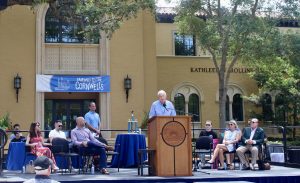
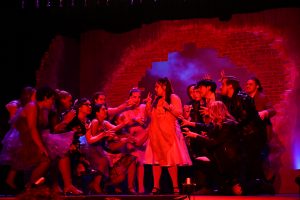
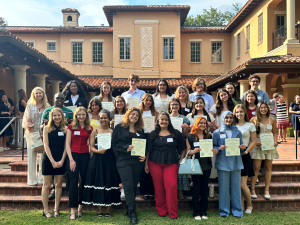
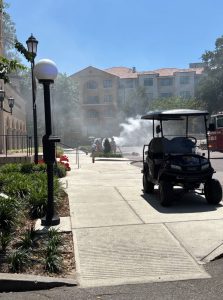

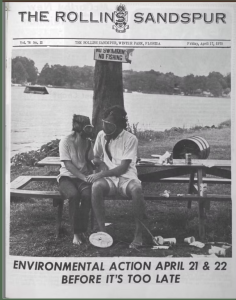
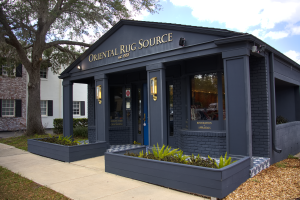
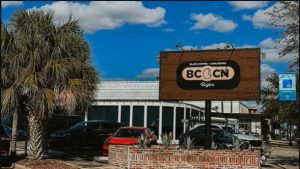



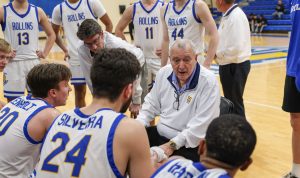
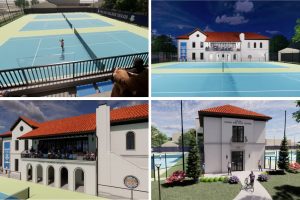
Be First to Comment